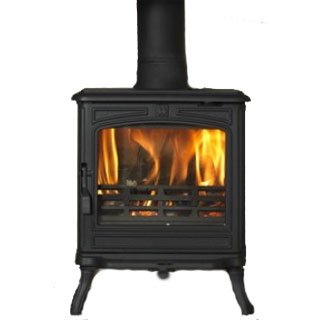Franco Belge Lorraine Manual Transfer


Franco Belge Stove

AbstractBryological composition, water chemistry, and environmental factors were characterized on 67 Belgian travertines. We explore the relationship between these environmental factors and the community composition, species richness, or presence of individual species using Redundancy Analysis with Hellinger’s transformation (tb-RDA) or Generalized Linear Models (GLMs). The best variables explaining the community composition are slope, NO 3, NH 4, and PO 4. The species richness is negatively related to canopy cover and PO 4. Fungilab inc. Palustriella commutata tends to be more frequent when the slope is steeper and to a lesser degree when the canopy cover is lower. Eucladium verticillatum tends to be slightly more frequent when canopy cover and NH 4 concentrations are lower.
Cratoneuron filicinum is more frequent at higher Mg concentrations and Pellia endiviifolia is more frequent at lower PO 4 concentrations and higher NO 3 concentrations. Brachythecium rivulare showed wide ecological amplitude and almost none of the tested environmental factors seem to be related to its presence. The study identifies eutrophication as the main factor responsible for habitat deterioration. Practical indications on the best ways to maintain or to enhance the quality of these petrifying sources are given.